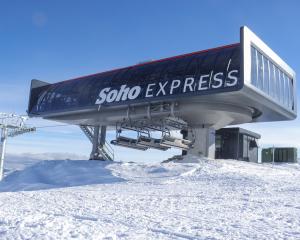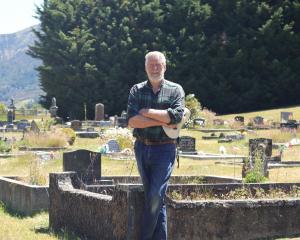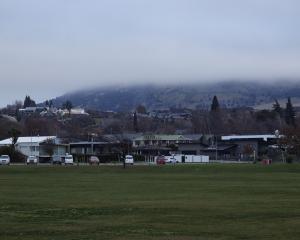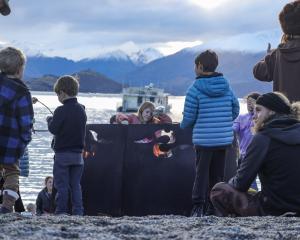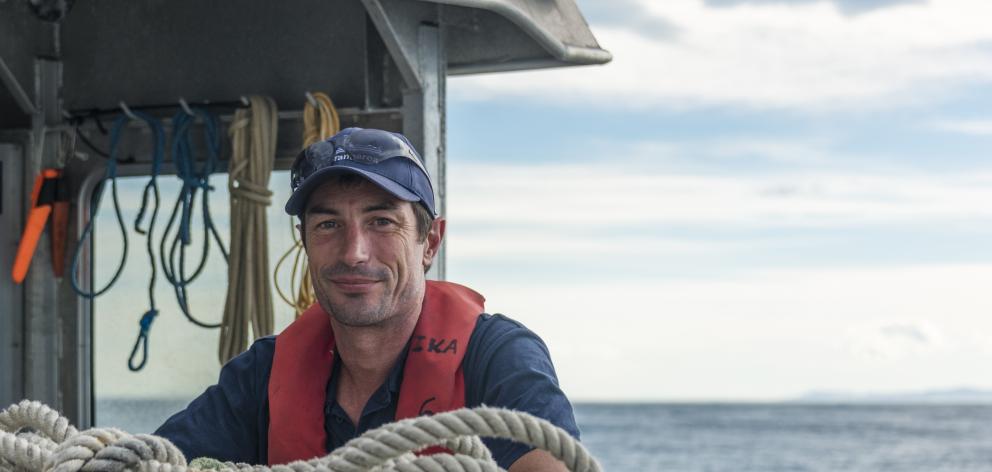
It has long been known that Queenstown and Wanaka are at risk of being inundated by a tsunami if a major earthquake struck the South.
Such a disaster was likely to be triggered by one or more giant avalanches sliding into the lakes during a massive earthquake, displacing water and potentially sending a giant wave slamming into the resorts and surrounding areas.
Scientists predict the next major event is likely within the next 50 years.
Lake Wakatipu and Lake Wanaka are next on a list of New Zealand lakes Niwa researchers want to map using advanced technology, to highlight the hazard of tsunamis to lakeside towns.
A pilot project, recently completed by Niwa marine geologist Dr Joshu Mountjoy, mapped the floor of Lake Tekapo using multi-beam sonar equipment to collect high quality bathymetric maps.
Seismic reflection survey equipment was then used to obtain images of the sediment underneath.
Dr Mountjoy said the data revealed an unexpectedly dynamic lake bed with a huge range of processes shaping it.
''Lake Tekapo was created by large glaciers that flowed down the valley until 15,000 years ago, piling up sediment where Tekapo is today and carving into the valley sides.
''Today there are large rivers moving sediment into the lake and creating huge deposits known as deltas.
''Both these deltas and the steep sides of both the lake bed and the mountains next to it are prone to collapsing.''
Dr Mountjoy said the researchers modelled tsunamis from slope failures within and into the lake, based on the size and location of past landslides.
The results showed waves could exceed 5m (the height of a one-and-a-half storey building) at places around the lake shoreline.
''This is not a unique hazard to Lake Tekapo.''
Dr Mountjoy hoped to do the same research on Lakes Wakatipu and Wanaka in the next two years.
''The mountains in Queenstown for example, just rise straight out of the lake and they go up to more than 1000m above lake level.
''So even a reasonably small rock avalanche coming off the side of one of those mountains into the lake could create a big wave.
''It's important to understand where that might happen and what size wave could hit populated areas.''
No detailed studies had examined the risk of tsunami on either lake.
Otago Regional Civil Defence and Emergency Management director Chris Hawker said Dr Mountjoy's research would help fill those knowledge gaps.
''We've got communities like Queenstown and Wanaka that are quite low lying to the lake, and if we were to get a large rockfall on one of the peaks opposite Queenstown Bay or the peninsula in Wanaka, it certainly would create some issues.
''It's something that we're very interested to know more about.''
Dr Mountjoy said a key message from his work was, as with the coastal environment, if people felt a long or strong earthquake, they should move to higher ground and encourage others to do the same.

